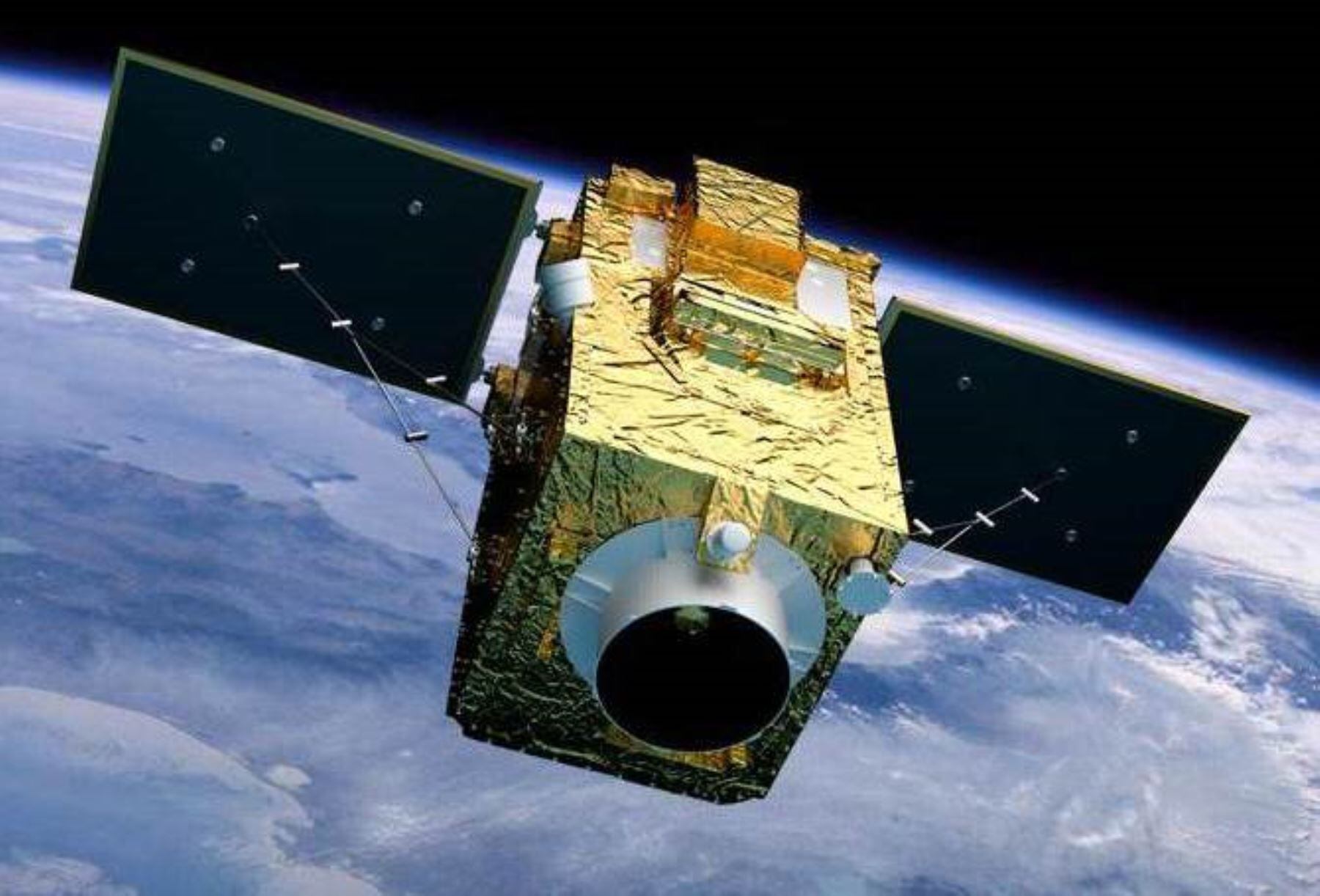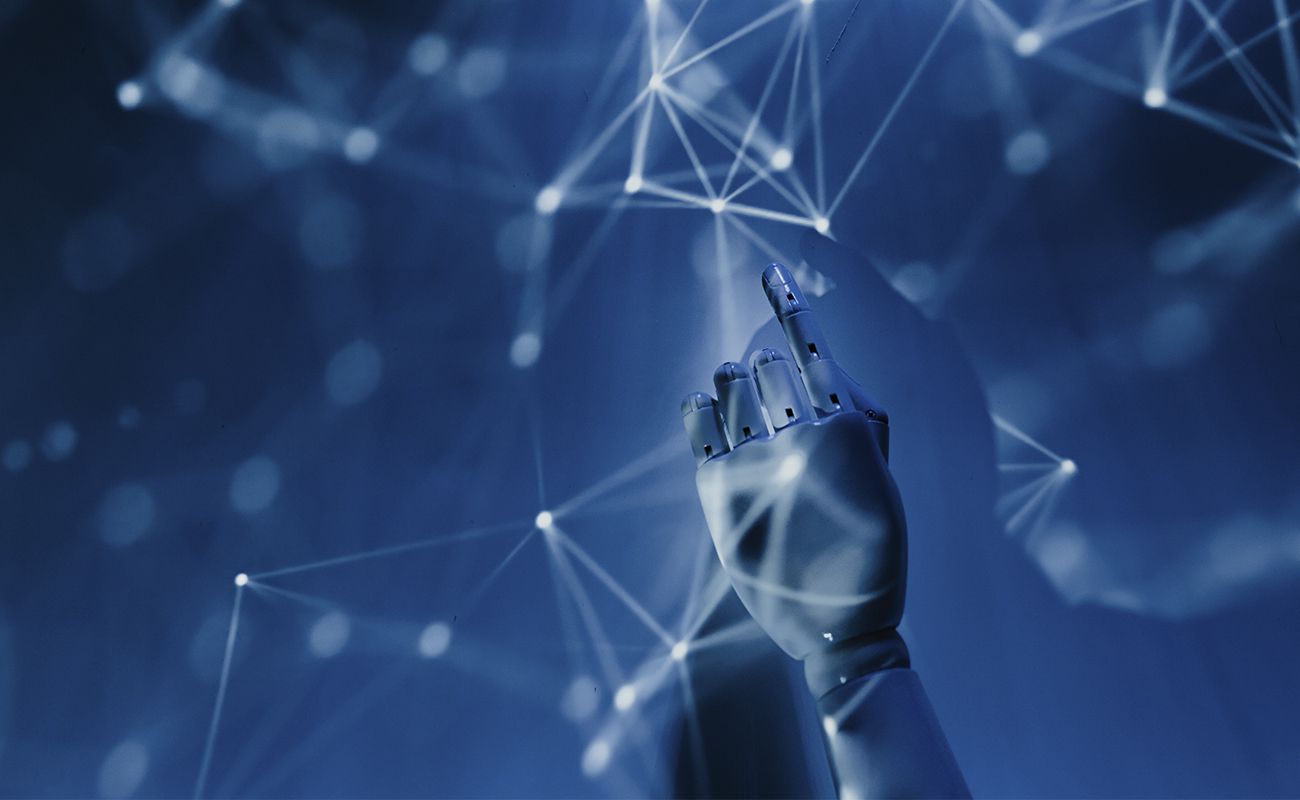The recent rains, mudslides and overflows in Peru they seem to have caught us off guard and not knowing what to do. Cyclone Yaku has been terrible: dozens of deaths, thousands of victims and incalculable material damage as a balance. And to this is also added the probable El Niño phenomenon.
What role does technology play in these events? How can they help? And it is that already in the 21st century, with more sophisticated, precise and safe devices, it is even absurd that these phenomena continue to hit the population.
READ ALSO: How did ancient Peruvians use technology to deal with natural disasters?
And it is that technology has not stopped evolving. For Ingrid Ccoyllo, head of Tecsup’s digital technology department, this “It is a great advantage since it can help mitigate the impact” with the use of a satellite system, drones, robots, resistant constructions and communication tools. But so far it has not been reflected in the country.
“There is no such leadership. In other words, everything continues unattended and it’s like we’ve also gotten used to that (the natural phenomenon) It will happen. said the technology specialist.
An important detail is the work of identifying possible risks and, unfortunately, Peru has several. As explained by engineer Ada Liz Arancibia, “The most recurring phenomena in our country are those that are linked to phenomena of climatic origin”such as excessive rains, sudden droughts, the El Niño phenomenon, apart from seismic phenomena.
“The technology is already in there. You have to first use technology to collect information, data, and then understand the process of the phenomenon. said to Trade the professor in Hydraulics and Hydrology of the National University of Engineering (UNI).
READ ALSO: China: a patient with alcoholism problems is the first to receive a chip that prevents the urge to drink
In this mission to collect data, for example, there are satellites. The National Meteorology and Hydrology Service (Senamhi) constantly publishes images from the GOES 16 satellite on its website. Although Peru also has its PeruSAT1 satellite, which was launched into space in 2016.

But for Arancibia this is not enough and “only with satellite we cannot do much”, so he recommended increasing the hydrological stations, which are the ones that measure the amount of water that passes through the river and how far the water level reaches. .
Predict with artificial intelligence
So, what are the satellites, hydrological stations, and other tools for? The value of these technologies is in the data. Engineer Arancibia tells us that with more information better forecast models could be created, almost in real time, which in 24 or 48 hours gives you time to leave your home and get safe.
There is another technology that could be used: radar measurement, which has been tested in recent years. commented the engineer.
READ ALSO: These jobs would be replaced by artificial intelligence, according to Bill Gates’ predictions
But all this is summed up in information, information that is worked on even by the artificial intelligence (AI) in order to predict climatic phenomena. Some algorithm models used are neural networks, genetic algorithm, particle swarm optimization, among others, due to the large amount of data that is processed.

“What artificial intelligence does is look for a better correlation between various input parameters and an output parameter. As you give it more data, it feeds and adjusts these parameters, explained Professor Arancibia.
In the end, this would allow knowing the behavior of natural phenomena to make better predictions, which translates into saving lives.
READ ALSO: China turns on an ‘artificial sun’ and is closer to the final energy
Communication: using social media
What to do with so much data and predictions? Ccoyllo had already told us about the lack of leadership in the State to deal with natural disasters, but now he raises the importance of communication tools.
“In the last cyclone Yaku we have found out through social networks and we did not have support from any authority, from Senamhi, from the central government. So a lot of people were a little hesitant. Perhaps if this had been strong, the impact could have been mitigated ”he indicated to this newspaper.
He recalled that in other countries they already work with a cell phone alert system when there is an emergency. In addition, he indicated that it is important to have an official means to provide information to people, work with apps, a powerful radio, television stations, communication channels. It’s a different role from technology. And it is that for both specialists the work must be preventive and the measures that are taken are reactive, that is, they are only taken when the misfortune has already occurred.
READ ALSO: It wants to replace cell phones: this is Humane, the device with AI that projects images in the hand | VIDEO
Nature and climate change
So, the technology to reduce the impact of rains, mudslides and overflows exists. Why do we continue to suffer those consequences?
For Ccoyllo there is a bit of a disconnection with our environment and “that’s because we are living in a very fast time, very full of objectives, of what we want to achieve, but we have also lost a little bit of our ground wire, see what happens with our ecosystem”.
Now, the challenge is climate change. Faced with this situation, the engineer Arancibia believes that because there are many climate models globally or worldwide that are developed by other countries, Peru must work on its own models.

So, with the development of our own technology, our own information, it may be possible to reconnect with nature, as the ancient Peruvians did, and survive these phenomena.
Source: Elcomercio
I have worked in the news industry for over 10 years. I have a vast amount of experience in writing and reporting. I have also worked as an author for a number of years, writing about technology and other topics.
I am a highly skilled and experienced journalist, with a keen eye for detail. I am also an excellent communicator, with superb writing skills. I am passionate about technology and its impact on our world. I am also very interested in current affairs and the latest news stories.
I am a hardworking and dedicated professional, who always strives to produce the best possible work. I am also a team player, who is always willing to help out others.

:quality(75)/cloudfront-us-east-1.images.arcpublishing.com/elcomercio/YZMW6E5GOVDNRLWBEUQH6Y7TPI.jpg)

:quality(75)/cloudfront-us-east-1.images.arcpublishing.com/elcomercio/4XRKF3SYFJH5ZIWQI3EUPRY6OI.jpg)
:quality(75)/cloudfront-us-east-1.images.arcpublishing.com/elcomercio/67KTOM2MRNF7JBFC67WDZNHEYQ.jpg)
:quality(75)/cloudfront-us-east-1.images.arcpublishing.com/elcomercio/M3UARFIGMJD3JAMJKXN34GFODY.jpg)

